View this article in another language
- 한국어
- English
- 日本語
- 中文
- العربية
- Español
- Français
- Deutsch
- Pусский
- Tiếng Việt
- Indonesian
By Honorary Reporter Viktoria Moroz from Ukraine
Illustrations = Viktoria Moroz

In my opinion, one of the best ways to deeply explore another culture and feel its colors is trying that culture's traditional and classical food as well as its popular dishes. Doing this presents all the hues for imagining the home country of that culture.
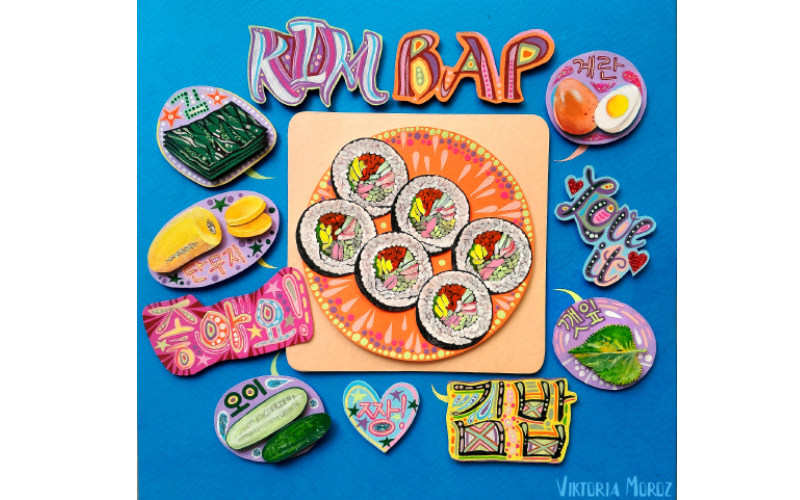
My first experience with Korean cuisine was two dishes at a Korean restaurant in Kiev, the capital of Ukraine: kimchi and gimbap (seaweed rice rolls). To me, these two dishes might've been the most famous dishes among foreigners. Last year, I got a chance to travel to Seoul thanks to Korea.net's contest Talk Talk Korea, and this experience left the biggest impression on me vis-à-vis Korean food. It inspired me to create a series of illustrations based on my love of specific Korean foods.
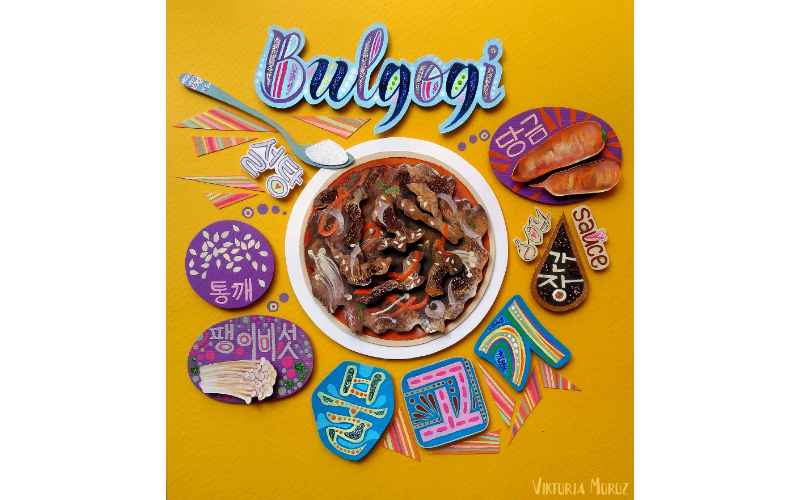
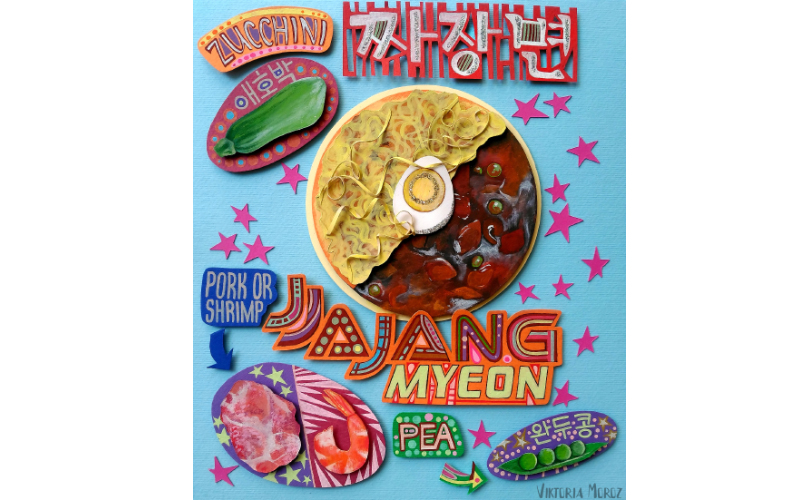
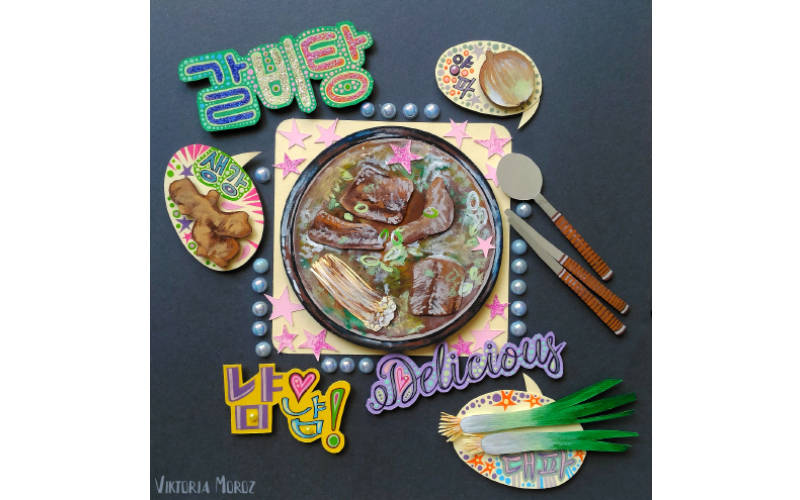
The versatility of tastes in Korean cuisine can please a wide variety of preferences. Korean food contains a lot of vegetables, rice, noodles, meat, fish and seafood thanks to the country's extensive access to the sea and wide selection of unique ingredients. The variety of tastes include sharp, sour, sweet, salty, bitter, and sweet and sour. The appearance of a dish also matters, and in addition to taste, food should incur an aesthetic pleasure. Even cutting in Korean cooking has its own unique techniques and knowhow, as well as the color combination of each dish. This makes creating a Korean dish akin to producing a piece of art.
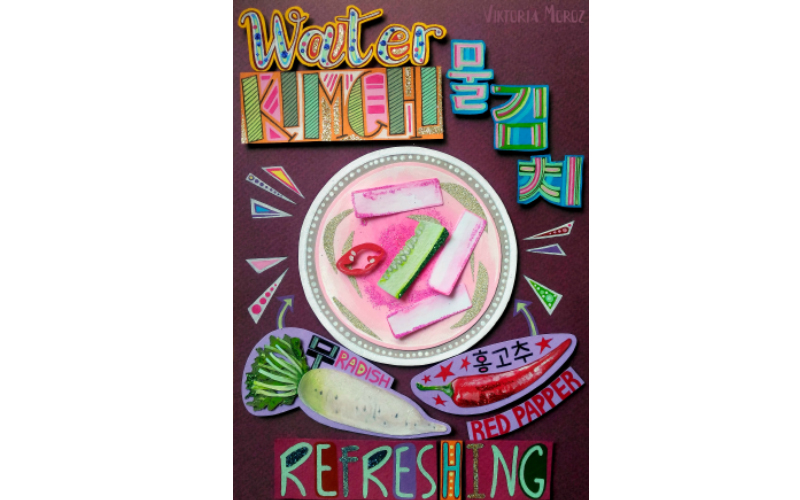
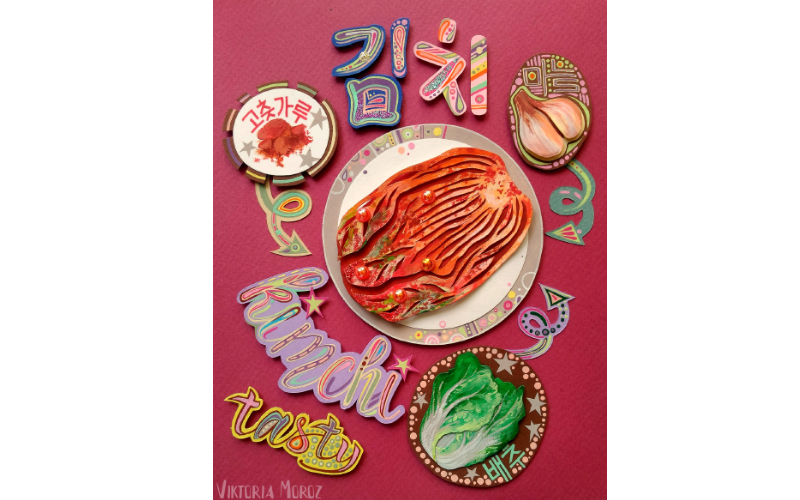
Only in Korea can one develop an interest in food science, not just eating to satiate hunger. Korean cuisine as a philosophy and art spans many tastes, colors and shapes.
Every illustration here depicts the visual features of Korean meals from my point of view, and certain ingredients I included in the pictures deliver the "inside scoop" on the dish.
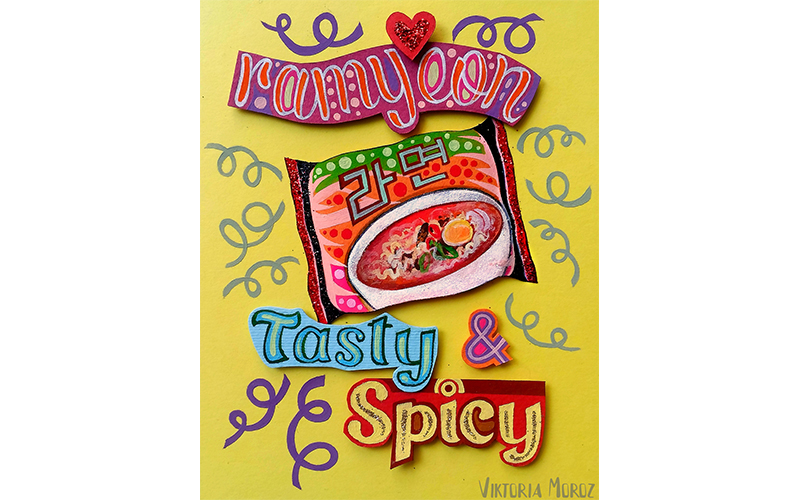
In addition to classic fare, more modern Korean dishes form a more comprehensive picture of the cuisine. For example, the globally popular ramyeon (instant noodles) has a huge selection of types in Korea, several of them based on traditional Korean dishes.
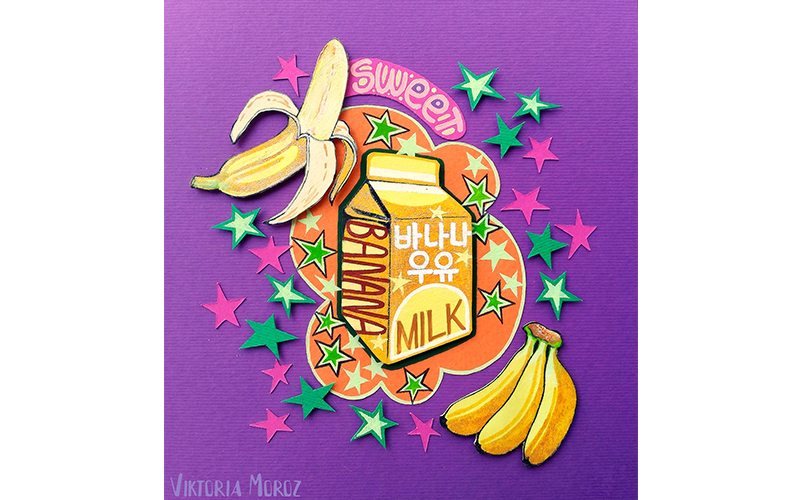

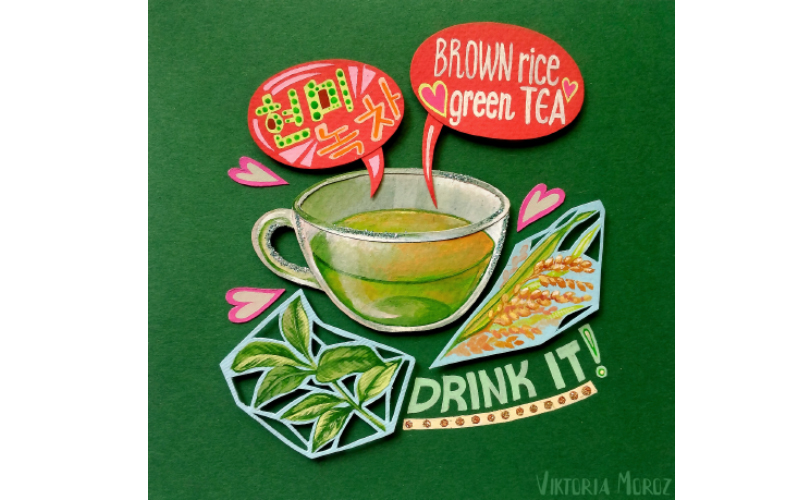
Among my most unforgettable moments in Korean food is the first time I drank sweet banana milk and aloe vera juice in Seoul. The taste of brown-rice flavored green tea also reminds me of my trip to Korea; it was my favorite drink there.
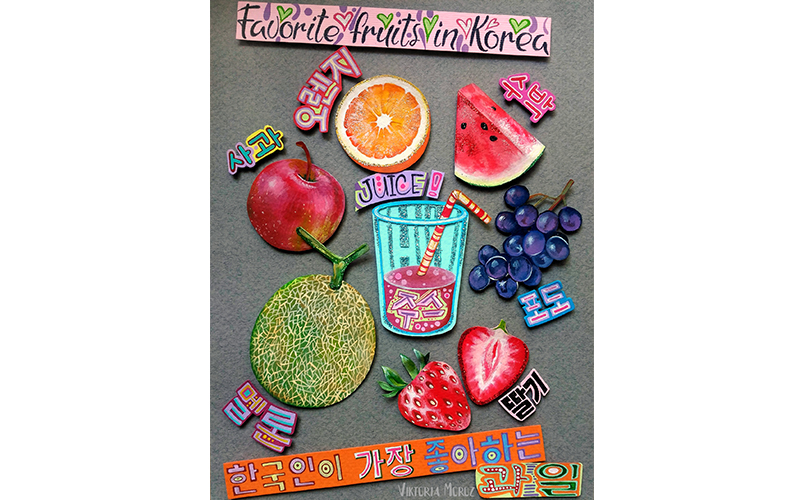
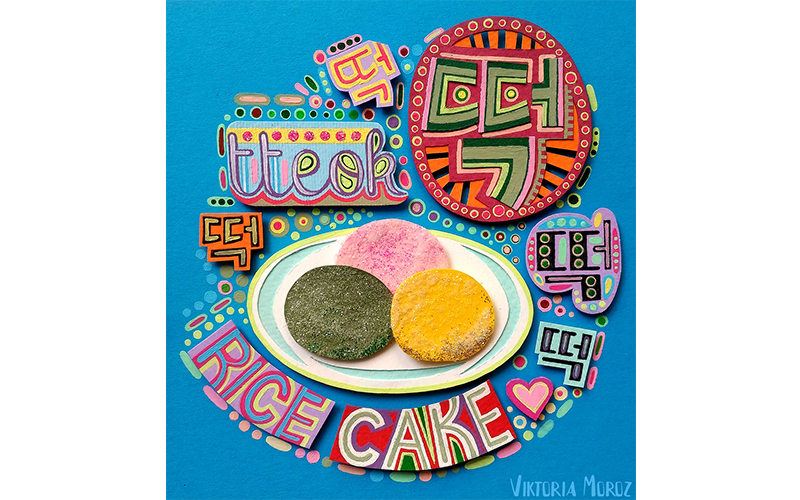
Moreover, I look at the Korean love of fruit since it's one of my favorite desserts; the ones presented here are my picks as the most popular in Korea.
I sincerely hope that my illustrations inspire more people to try Korean cuisine.
chaey0726@korea.kr
*This article is written by a Korea.net Honorary Reporter. Our group of Honorary Reporters are from all around the world, and they share with Korea.net their love and passion for all things Korean.
Illustrations = Viktoria Moroz

In my opinion, one of the best ways to deeply explore another culture and feel its colors is trying that culture's traditional and classical food as well as its popular dishes. Doing this presents all the hues for imagining the home country of that culture.

My first experience with Korean cuisine was two dishes at a Korean restaurant in Kiev, the capital of Ukraine: kimchi and gimbap (seaweed rice rolls). To me, these two dishes might've been the most famous dishes among foreigners. Last year, I got a chance to travel to Seoul thanks to Korea.net's contest Talk Talk Korea, and this experience left the biggest impression on me vis-à-vis Korean food. It inspired me to create a series of illustrations based on my love of specific Korean foods.



The versatility of tastes in Korean cuisine can please a wide variety of preferences. Korean food contains a lot of vegetables, rice, noodles, meat, fish and seafood thanks to the country's extensive access to the sea and wide selection of unique ingredients. The variety of tastes include sharp, sour, sweet, salty, bitter, and sweet and sour. The appearance of a dish also matters, and in addition to taste, food should incur an aesthetic pleasure. Even cutting in Korean cooking has its own unique techniques and knowhow, as well as the color combination of each dish. This makes creating a Korean dish akin to producing a piece of art.


Only in Korea can one develop an interest in food science, not just eating to satiate hunger. Korean cuisine as a philosophy and art spans many tastes, colors and shapes.
Every illustration here depicts the visual features of Korean meals from my point of view, and certain ingredients I included in the pictures deliver the "inside scoop" on the dish.

In addition to classic fare, more modern Korean dishes form a more comprehensive picture of the cuisine. For example, the globally popular ramyeon (instant noodles) has a huge selection of types in Korea, several of them based on traditional Korean dishes.



Among my most unforgettable moments in Korean food is the first time I drank sweet banana milk and aloe vera juice in Seoul. The taste of brown-rice flavored green tea also reminds me of my trip to Korea; it was my favorite drink there.


Moreover, I look at the Korean love of fruit since it's one of my favorite desserts; the ones presented here are my picks as the most popular in Korea.
I sincerely hope that my illustrations inspire more people to try Korean cuisine.
chaey0726@korea.kr
*This article is written by a Korea.net Honorary Reporter. Our group of Honorary Reporters are from all around the world, and they share with Korea.net their love and passion for all things Korean.